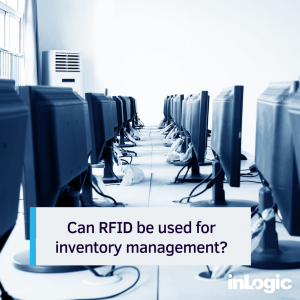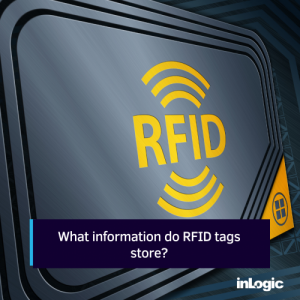Posts Tagged ‘inventory audit’
RFID: is it really superior to barcode technology?

Accuracy during inventory reporting is a crucial piece for many businesses that are in charge of reconciling their fixed assets every year. RFID, also known as Radio Frequency Identification, is at the forefront of technology providing users with a large advantage when compared to barcode or manual tracking processes. RFID systems utilize radio waves from […]
RFID Case Study Highlight: City of Albany

Local government entities have the responsibility of tracking the fixed assets in their departments which can be a challenging task. One of our customers, The City of Albany, faced this challenge until they found our RFTrack software and decided to implement our RFID solution. Since implementing RFTrack, they have been able to streamline their fixed […]
What is an RFID solution?

RFID stands for Radio-frequency identification and it is the process of identifying items (assets) by utilizing radio waves. The radio waves originate from a handheld or a fixed reader, which sends out the radio waves and finds nearby RFID tag antennas. The readers can pick up those tags, and using this data, and asset tracking […]
Can RFID be used for inventory management?

One of the most common applications of RFID is tracking and managing an organization’s assets for an inventory. Software like RFTrack utilizes RFID asset tags and readers to find and bring visibility to assets. With RFID systems you can increase inventory accuracy, reduce manpower, and improve regulatory compliance. RFID Increases Inventory Accuracy When doing a […]
What information do RFID tags store?

RFID tags contain serial numbers and use radio waves to transmit their data to RFID handheld readers. Often our customers ask us if RFID tags can be encoded with more than just sequence numbers. We aim to answer that question, and more, for you today. RFID tags hold one specific serial number for an asset. […]
What Are The Components Of An RFID System?

When deciding whether an RFID fixed asset tracking system is the right choice for your organization, it’s important to know all the different components that go into a successful implementation. This way you can plan in advance to ensure all components are ready before you begin to tag assets. At inLogic, we specialize in implementing […]
Can RFID Be Used for Tracking Fixed Assets?

The short answer is “absolutely” and at inLogic, our software RFTrack is built for exactly this type of scenario. Fixed asset tracking is all about keeping track of your organization’s physical assets throughout your location. Companies track a variety of different types of fixed assets, some examples being computers, servers, IT equipment, furniture, vehicles, machinery, […]
Avoiding Common RFID Initial Tagging Pitfalls

One of the most crucial steps in your RFID tag implementation is assigning asset tags. Depending on how many assets you are attempting to tag at once, this process can be time consuming. Proper planning before you begin tagging will save you a lot of time and effort, and you will avoid some of the most common mistakes. We […]
Laptop Tracking

Tracking IT assets such as laptops poses interesting problems, especially when you have security requirements. Some specific challenges seen with laptop tracking includes: Metal Ensuring good read rates Tag placement Laptops generally have a significant amount of metal on them, so using passive RFID tags can be a challenge. Sometimes laptops have a plastic outer layer, however the metal inside the […]
FAQ: Does RFID Read Through Walls?

We get this question quite often and the simple answer is “yes”. RFID readers can read through walls, but it is fairly easy ensure it is reading tags in only one room at a time. Walls constructed of concrete and cinder block will typically prevent most RFID tags from reading through the walls. However, if your walls are constructed of […]
